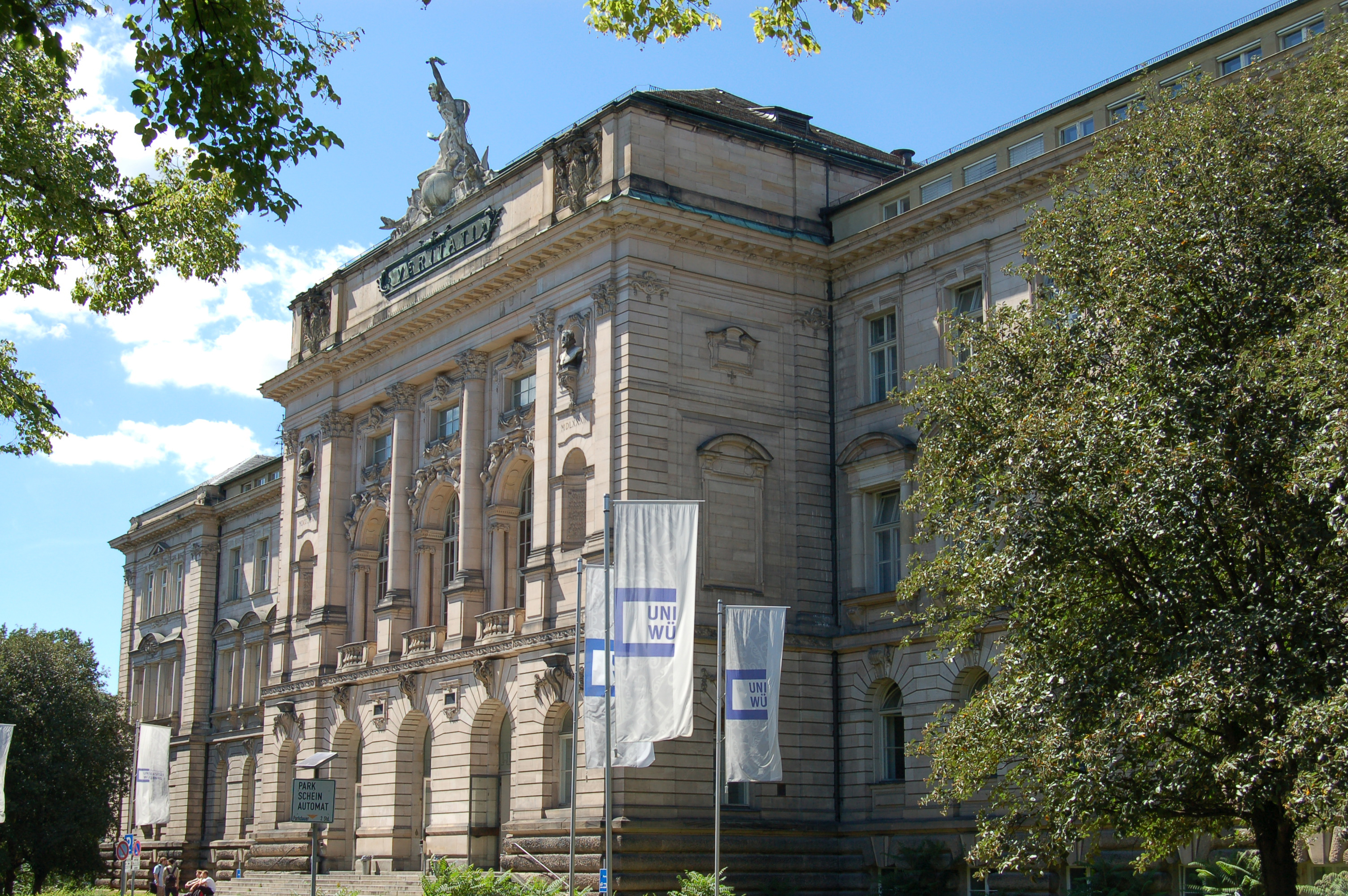Scroll to Section:
The quantum spin Hall effect was first proposed by Kane and Mele in 2005. In this video, LAURENS MOLENKAMP outlines how his team’s focus on mercury telluride has provided notable insights into this phenomenon. Conducting transport experiments on special semiconductors grown using a molecular beam epitaxy machine, Molenkamp’s findings include the identification of the quantum Hall effect in a three-dimensional topological insulator and the potential for topological superconductivity. With future applications in fields including quantum metrology and topological quantum computing, Molenkamp’s research continues to extend our understanding of the physical makeup of our universe.
DOI:
https://doi.org/10.21036/LTPUB101110
Institution

University of Würzburg (Julius-Maximilians-Universität Würzburg)
"True to its motto ‘Science for Society’, the Julius-Maximilians-Universität Würzburg (JMU) - founded 1402 - is committed to advancing research in a wide range of disciplines. Academic rankings confirm the JMU’s place among the world’s high-performing research universities. Currently, the JMU has about 29.000 students who are enrolled in ten faculties. Its academic and administrative staff comprises more than 4.000 people. Approximately 420 professors are active in research and teaching at the university and the university hospital.
Show more
Original publication
Precision Measurement of the Quantized Anomalous Hall Resistance at Zero Magnetic Field
Applied Physics Letters
Published in 2018
Josephson Radiation from Gapless Andreev Bound States in HgTe-based Topological Junctions
Physical Review X
Published in 2017
Quantum Hall Effect from the Topological Surface States of Strained Bulk HgTe
Physical Review Letters
Published in 2011
Nonlocal Transport in the Quantum Spin Hall State
Science
Published in 2009
Quantum Spin Hall Insulator State in HgTe Quantum Wells
Science
Published in 2007
Beyond
A Ground-breaking Scientific Revolution
An Alarming Challenge for Society
If I Had a Second Life
A Personal Reading Recommendation



